Risk factors are things that can cause a stroke or make it more likely to happen. They are different for everyone.
You can change many of the common risk factors and lower your chance of stroke with some simple steps.
1. Make time for a health check.
See your doctor or pharmacist about these stroke risk factors:
-
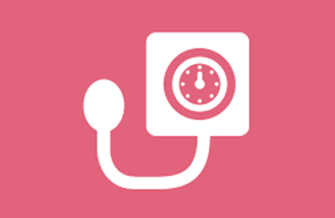
High blood pressure
High blood pressure can damage the walls of blood vessels, and it can lead to heart problems. It can cause clots or plaques to break off and block an artery in the brain. High blood pressure is also the strongest risk factor for haemorrhagic stroke.
-
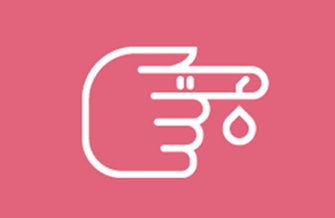
Type 2 diabetes
Type 2 diabetes affects the body’s ability to absorb glucose (sugar), and can lead to fatty deposits or clots in blood vessels.
-

High cholesterol
Cholesterol can build up in plaques on the walls of arteries, narrowing the artery and leading to a clot.
-
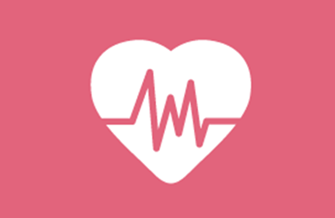
Atrial fibrillation or irregular pulse
An irregular heartbeat causes stagnant blood flow through the heart, and can cause a clot that then goes to the brain.
2. Take charge of your own health.
Make healthy changes part of your daily life:
-
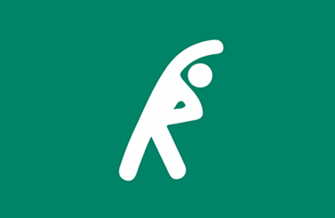
Stay active
Inactivity or lack of exercise increases your risk of type 2 diabetes, being an unhealthy weight, high blood pressure and high blood cholesterol.
-
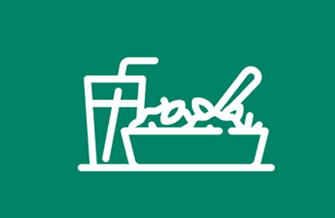
Eat well
Diet can affect blood pressure, type 2 diabetes, cholesterol, heart disease, kidney disease and some cancers.
-
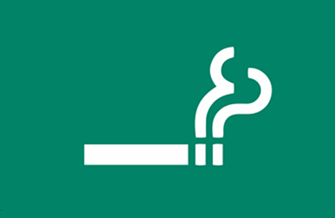
Quit smoking
Smoking doubles your risk of stroke by damaging blood vessel walls, increasing blood pressure, reducing oxygen in the blood, and making blood more likely to clot.
-
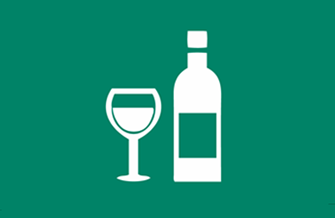
Avoid alcohol
Alcohol can cause high blood pressure and atrial fibrillation. It can contribute to uncontrolled diabetes and being an unhealthy weight.
Other risk factors
There are other risk factors that you can talk to your doctor about. Find out what you can do to make a stroke less likely.
Having had a stroke means you’re more likely to have another one.
Older age makes a stroke more likely. Your doctor will consider your age with other risk factors.
Being male means a higher stroke risk at nearly every age, even though women have their own risk factors like pregnancy, oral contraception and hormone replacement therapy (see below).
Family history can mean a higher stroke risk. For example, high cholesterol can run in families.
Heart conditions like a hole in the heart (patent foramen ovale, or PFO) or heart disease, can cause a clot to form and travel to the brain.
Blood vessel problems make a bleed more likely. They include weak spots that balloon out (aneurysm), tangled arteries and veins (arteriovenous malformation, or AVM), or a ‘cavern’ made of tiny blood vessels (cavernous malformation).
Blood disorders can make clots more likely. These include essential thrombocytosis, polycythaemia vera, antiphospholipid syndrome, and sickle cell anaemia.
Genetic disorders can mean a higher risk of specific types of stroke that runs in families. For example, CADASIL (strokes in small blood vessels), vascular Ehlers-Danlos syndrome (arteries more likely to break), and fibromuscular dysplasia (damages walls of arteries in the neck).
Autoimmune conditions can inflame the walls of blood vessels, making them narrower and more likely to clot.
Infections, including bacterial heart infections and COVID-19, can cause clots.
Medication including blood thinners, which reduce your chance of an ischaemic stroke or clot, can also mean a higher risk of a haemorrhagic stroke or bleed.
Illegal drugs, such as amphetamine and cocaine, can increase your risk of stroke, especially bleeds.
Trauma, such as an injury to the head or neck, can break blood vessels and cause a bleed or a clot.
Pregnancy can increase blood pressure, especially with pre-eclampsia and eclampsia, and it can also cause gestational diabetes.
Oral contraception, particularly pills containing a higher dose of oestrogen.
Hormone replacement therapy, which is associated with a small increase in the risk of stroke.
Migraine with aura, which can affect blood vessels and make a stroke more likely.
Sometimes, a cause can’t be found even after lots of tests. This is called a cryptogenic stroke. If the cause of your stroke is unknown, it’s important to talk with your doctor about what they have done to find the cause, and what you can do to reduce your risk of another stroke.
It's common to worry when a cause can't be found. Contact StrokeLine for advice and support.
For more on the possible ways a stroke can happen, see What is a stroke.
